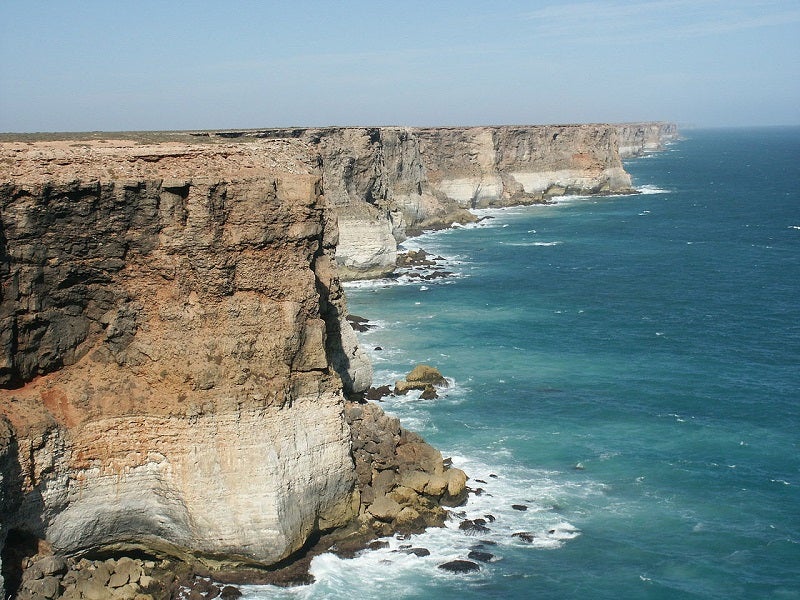
Norwegian energy company Equinor has submitted an environment plan (EP) for its proposed drilling activity in the Great Australian Bight to Australia’s National Offshore Petroleum Safety and Environmental Authority (NOPSEMA).
The company’s proposed exploration drilling project would be in the Stromlo-1 well, located in the EPP 39 licence 372km offshore South Australia.
Equinor is the operator and 100% equity owner of offshore exploration permits EPP 39 and 40, both located in the Great Australian Bight andcovering approximately 12,000km2.
NOPSEMA will now begin its formal assessment of the EP, considering appropriate precautions and the potential environmental impacts of the exploration drilling before any further action is taken.
Equinor released the draft EP for its plans in the Great Australian Bight for public comment in February 2019, the first time a draft EP for an offshore exploration well was published before assessment by NOPSEMA.
Thousands of Australians protested Equinor’s planned operations in the Great Australian Bight in March 2019, expressing concerns including the environmental damage that a potential oil spill could cause and the risk of disruption to the natural ecosystem operations could cause.
In 2018, the Australian Greens party launched a campaign to protect the Bight from oil and gas companies by giving it World Heritage protection.
Previous operators in the Great Australian Bight, Chevron and BP, cancelled exploration drilling plans in the region citing an inability to compete for capital in their global portfolios as contributing factors to their departure.



